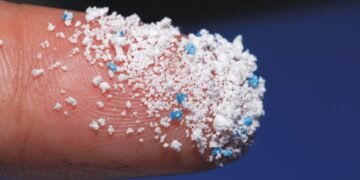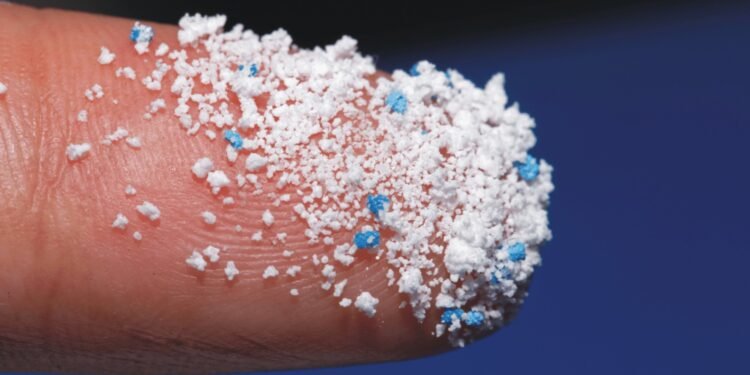How are nanoplastics counted in your body? The Leiden researchers published (A new way to detect nanoplastics in the human body) today in Nature Protocols a method that should facilitate this important development for environmental and medical research.
From a molecular point of view, plastic is quite similar to organic material. This makes it a difficult substance to detect in living things. “Anything that has carbon atoms is difficult to measure in organisms, so even plastic,” explains Martina Vijver, professor of Eco-toxicology. “Animals and plants are largely made up of carbon. So what are you measuring: plastic or the organism itself?”
Detect it right
The new method (A new way to detect nanoplastics in the human body) developed by Professors Martina Vijver and Willie Peijnenburg in collaboration with a consortium led by Dr Fazel Monikh lifts a corner of this veil. By allowing nanoplastics to absorb metal first, it can follow them much more easily. Until you locate them the right way again.
The article published today in Nature Protocols describes the different ways in which metallic nanoplastics can be found. “This allows you to see what happens to the nanoplastics after they are absorbed,” says Vijver. “For example, which animals collect them or which organs collect them? And besides, how many plastic particles do they collect? So you can measure all of this.”
Therefore, the paper mainly describes how this research can be done. “It’s actually a very dry document to read,” laughs Vijver. “But it’s important for scientists that we can use the same protocol. That way, the different results are comparable.”
“It seems very logical to us to know where the substances are in the environment,” says Vijver. “But we also need to know where they are in cells or organisms. Are they stored in fat, for example, or in body fluids? With this method we can find out just that.”
And not only environmentalists are happy with it. Vijver: “This protocol is also very important for drug development. You can use it very easily to find out how drugs get to the right place in the body.”





































